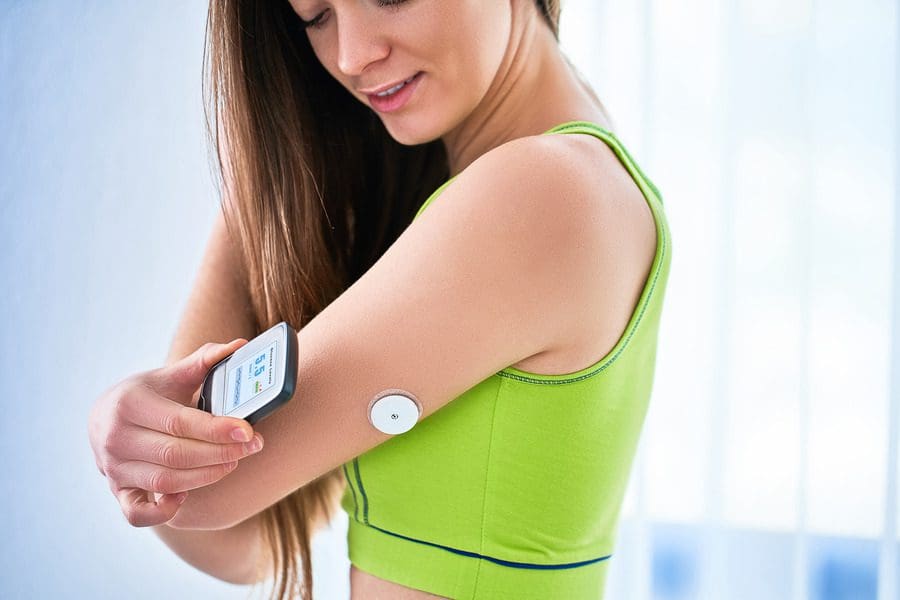Whether you’ve been recently diagnosed with diabetes, have been dealing with it for a while, or have a family member diagnosed and you’re a little unclear about the whole thing, you’ve come to the right place! Here’s what you need to know about diabetes.
What Is Diabetes?
As a whole, diabetes is a condition that affects how your body processes sugar (glucose). For most people, when blood sugar rises, the body signals to your pancreas to release insulin. People with diabetes either don’t make enough insulin – or make any at all. The problem here is that insulin regulates how much sugar is in the blood. And if the body isn’t getting enough of it, your blood sugar can’t get into cells and instead builds up in the bloodstream, leading to serious problems such as heart disease, vision loss, and kidney disease.
Understanding the Types of Diabetes
There are several different types of diabetes.
- Type 1: When someone has type 1 diabetes, the body doesn’t produce insulin. Type 1 diabetes is also referred to as juvenile diabetes since many people who have it are often diagnosed at a young age. There are instances, however, when people are diagnosed with type 1 diabetes as adults. There is no cure for type 1 diabetes; however, it can be managed by living a healthy lifestyle, monitoring blood sugar levels, and daily insulin administering.
- Type 2: Type 2 diabetes is the most common type of diabetes. It occurs when the body doesn’t use insulin properly (you may also hear this referred to as insulin resistance). With type 2 diabetes, your pancreas works really hard to make a lot of insulin to get your cells to respond, but it can’t keep up, and your blood sugar levels start to rise. Type 2 diabetes is common for people who are obese. It can be managed with proper diet and exercise.
- Gestational: Gestational diabetes develops in pregnant women who don’t have another form of diabetes. During pregnancy, your hormones are all over the place, and somewhere in the mix, it’s not uncommon for your body’s cells to experience insulin resistance, much like a person with type 2 diabetes. All pregnant women will experience insulin resistance late in their pregnancy, but those that start pregnancy with an increased need for insulin are more likely to experience gestational diabetes.
Symptoms of Diabetes
The general symptoms of diabetes include:
- Increased hunger
- Increased thirst
- Weight loss
- Frequent urination
- Blurry vision
- Extreme fatigue
- Sores that don’t heal
- Frequent skin and/or vaginal yeast infections.
- Numbness or tingling in your hands or feet.
Let’s break down the symptoms of each type of diabetes.
- Type 1: Symptoms can develop very quickly with type 1 diabetes – over months or even weeks. If you start to experience vomiting, stomach pains, fruity-smelling breath, or labored breathing, you may be experiencing what is known as diabetic ketoacidosis or DKA, which requires immediate medical attention.
- Type 2: This one is a little sneakier because often people don’t experience any symptoms or they experience symptoms slowly over a long period of time. Routine blood work should show elevated blood sugar before you start experiencing symptoms.
- Gestational: Typically, women don’t experience symptoms, but your doctor should test you for this at around 24 weeks of pregnancy.
Let’s Talk Treatment
Diabetes affects everyone differently, so your doctor should put you on a management plan that will work best for you. Here are the most common ways people with diabetes manage it.
Blood Sugar Monitoring
Monitoring blood sugar and staying within the healthy range is key to living your healthiest life with diabetes. You can expect to check your blood sugar several times a day. This used to mean a lot of finger-pricking, but science has come a long way, and now there are devices and apps that monitor blood sugar constantly and notify you when you’re out of range.
Insulin
Injecting insulin is a management method most common for those with type 1 diabetes but not uncommon for those with type 2. There are several different ways you may inject insulin; it just depends on how fast insulin needs to enter your system and how long it needs to stay there.
Oral Medication
Managing diabetes with oral medication is most common among those with type 2 and gestational diabetes.
Diet and Exercise
These are two major components when it comes to managing diabetes because food greatly impacts blood sugar, and exercise increases insulin sensitivity. Basically, you’ll want to steer clear of too many carbs and ensure you make time for regular exercise.






